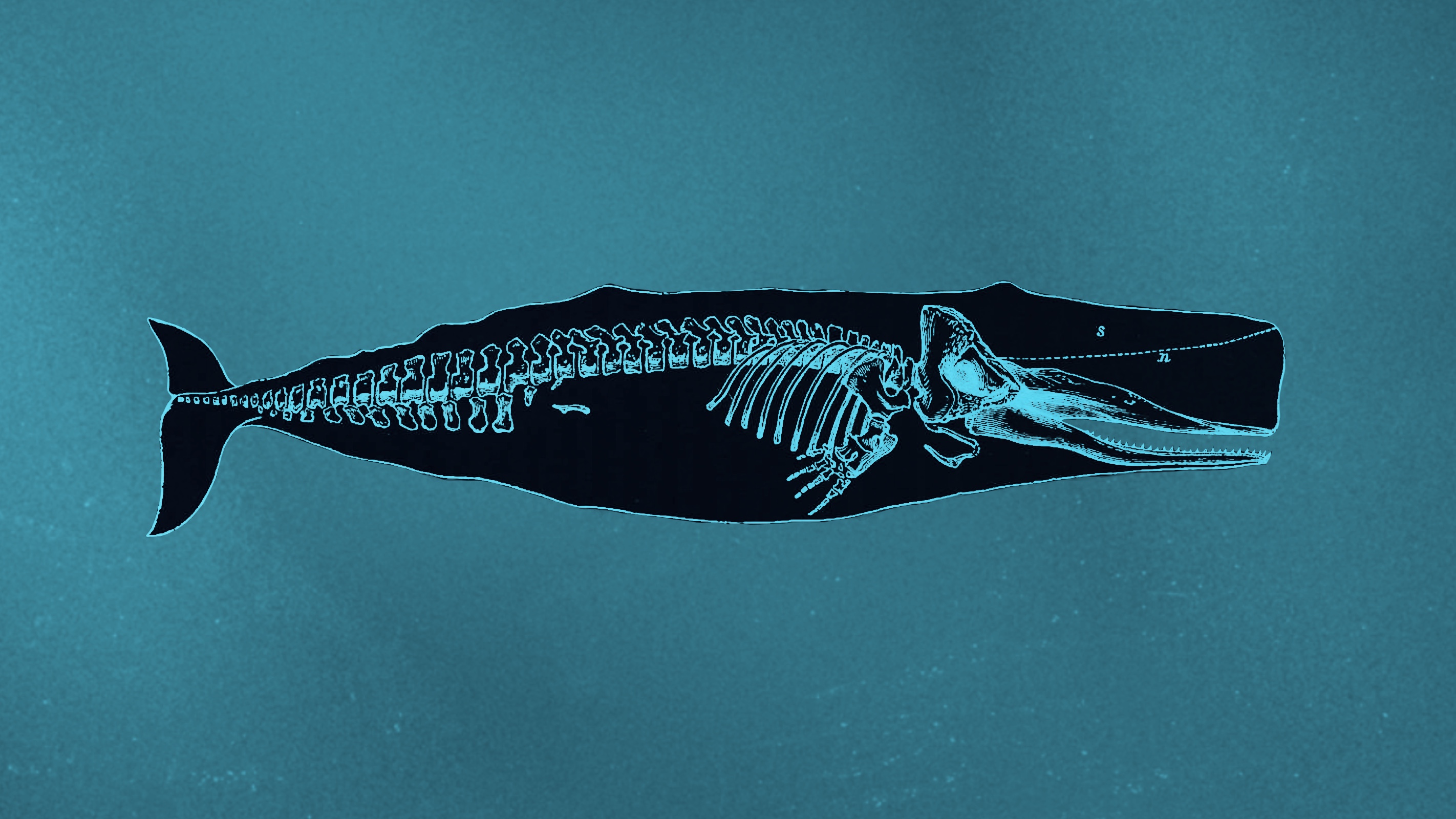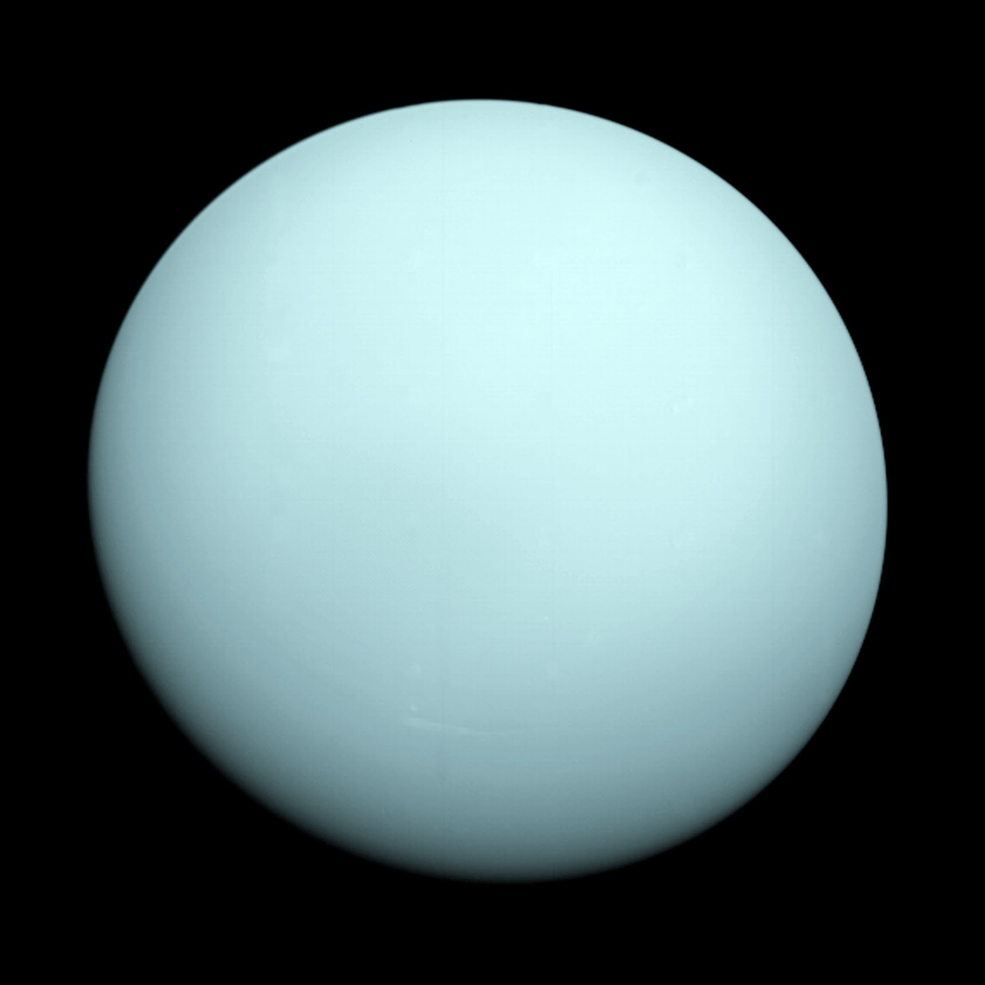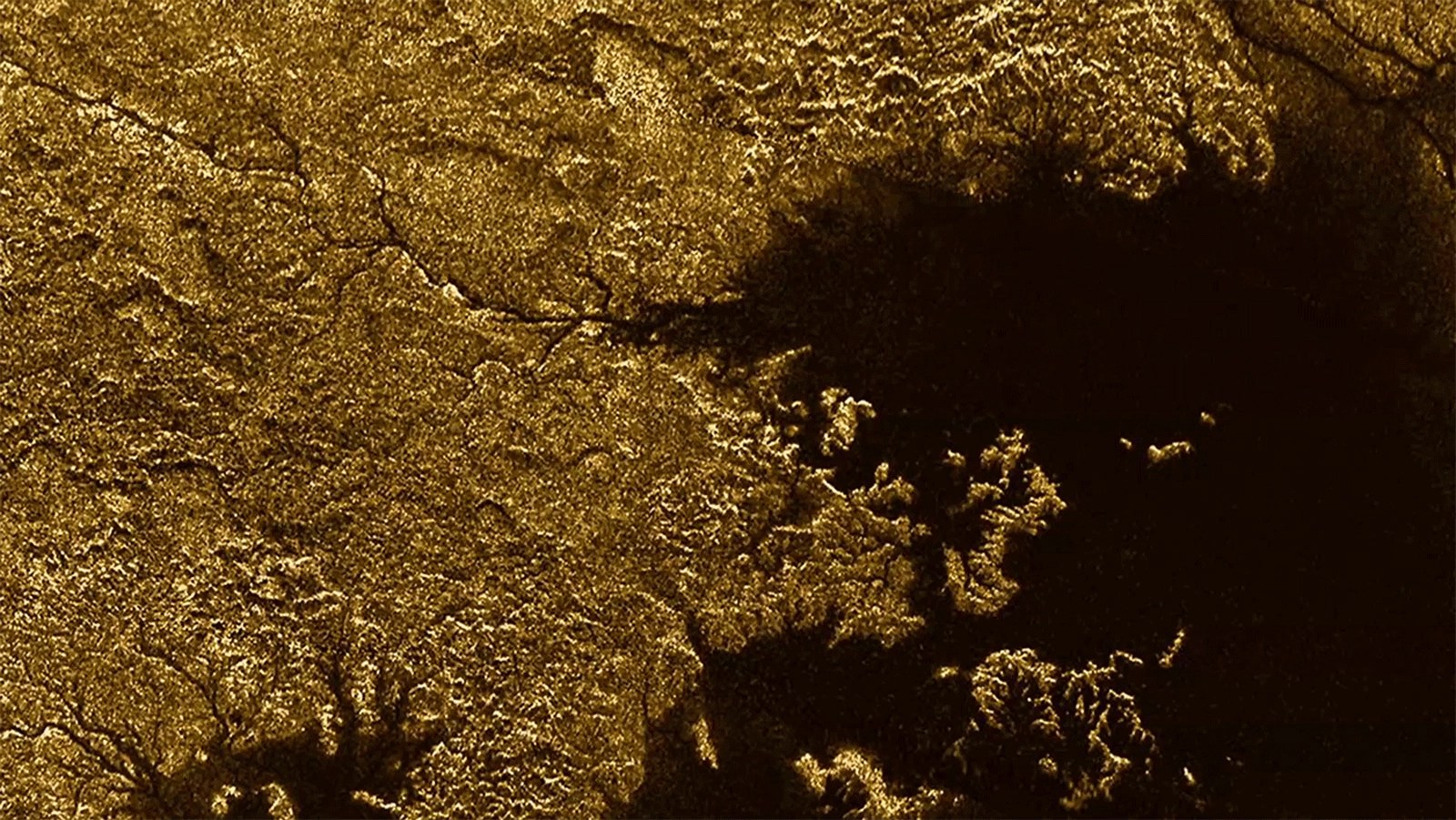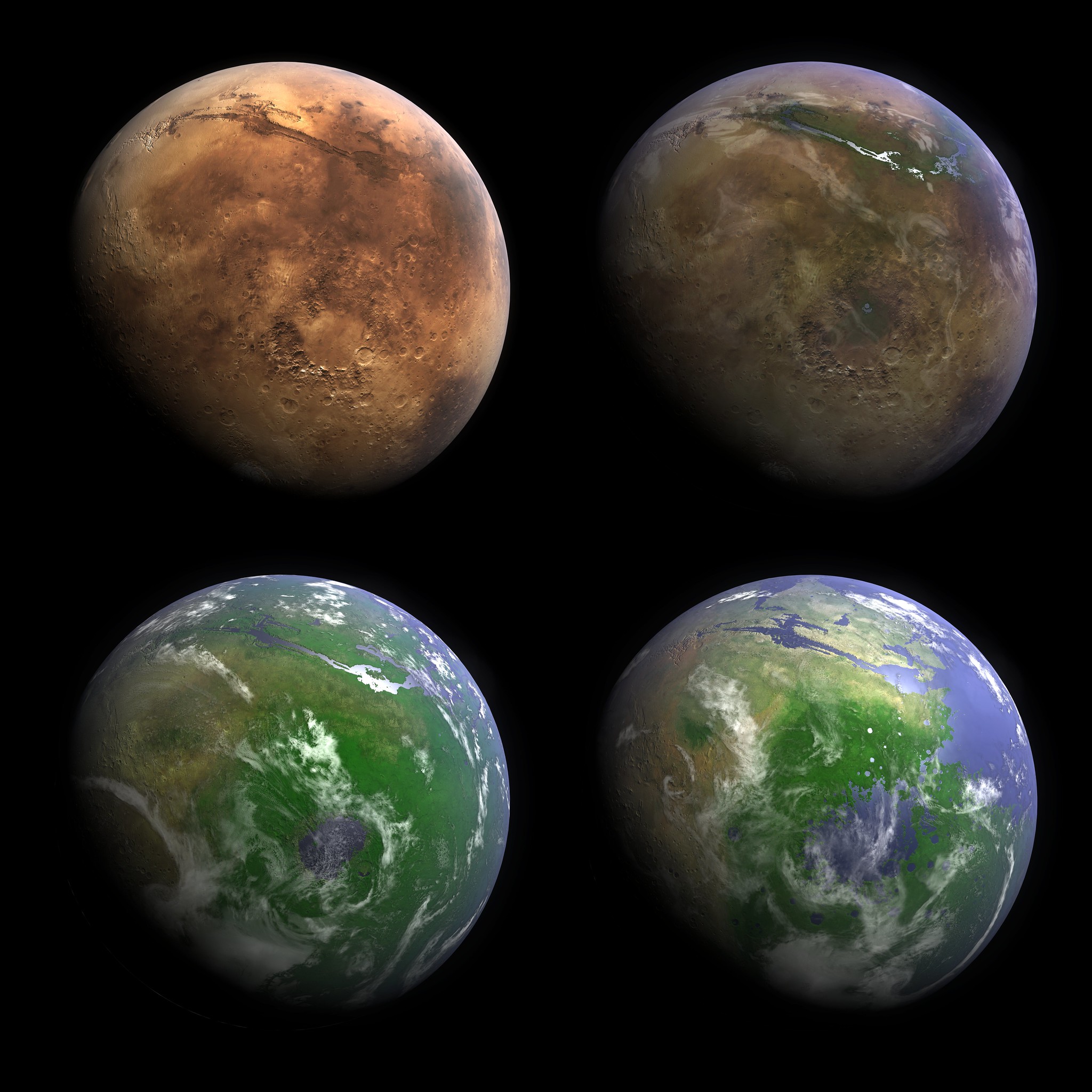259 – Unnamed Methane Sea On Titan
Except for some of the harsh, impermanently inhabited and sparsely visited inlands of Kerguélen, there are no places left on Earth to name.
Those with a penchant for baptising should look to the priesthood, or take a more literal interest in heaven – there are ever more known worlds out there, and precious little of those exoplanets have been explored, let alone provided with toponyms.Even within our own solar system, the field is still wide open. Although all planets and moons in our solar system have been named, many of their geograpical features haven’t.
Titan, Saturn’s largest moon, was discovered in 1655 by Christiaan Huygens. Titan is larger in diameter than the smallest planet, (Neptune) Mercury, and 50% larger than our own Moon. It is the only moon in our solar system to have a dense atmosphere – so dense that, in combination with its limited gravity, humans on Titan could fly by just flapping their arms.
The orange opacity of Titan’s atmosphere makes the moon appear bigger than it actually is – astronomers have since distinguished between permanent cloud cover and surface, and downgraded it from the first- to the second-largest moon in our system, after Jupiter’s satellite Ganymede.
Not until the flyby, in 2004, of the Cassini-Huygens mission could scientists confirm the speculation, first ignited by both Voyager missions and then heightened by Hubble observations, that Titan is the only heavenly body (save Earth) to contain large liquid surfaces – or seas, as non-astronomers would call them. For they seem a bit too small to be labelled oceans.
These seas, or lakes, most probably consisting of methane or another hydrocarbon, can be seen on this page of the Jet Propulsion Laboratory in Pasadena.
Cue Peter Minton, a teacher from San Diego with a thing for maps, for mapping and more precisely still for mapping shorelines. His website shows the many maps he has made, most with more conventional subjects than these seas on Titan. Mr Minton used the data at the JPL to create this map of Titan’s Unnamed Methane Sea (his relevant page here), detected in mid-2006 by Cassini probe (which is slated to make the last of its 21 flybys mid-May 2008).
Fascinating. It looks a bit like the Aral Sea, although that might just be me confusing this colour scheme with satellite pictures of the Central Asian lake, shrinking into the desert. The many rivulets and islets make it look like a nice lake to vacation at, until you remember that there’s something unpleasant in the air there (– 98% nitrogen). A shame: how nice it must be to flap your arms and fly over the Superior-sized lake. But then again, the sunlight hardly penetrates Titan’s cloud cover, so you wouldn’t see much. And the average temperature is -180°C (-290°F). Can we go home now?
The naming bit, then. First off, many features on Titan have already been named. To not offend anyone except scientists, and as is customary in extraplanetary toponymy, the names are chosen mainly from mythology: Xanadu is an Australia-sized hilly and craggy area near the Equator (and the fabled location of Kubla Khan’s stately pleasure dome), Menrva is a 440 km wide basin of impact craters (and the Etruscan version of the goddess Minerva), Guabonito is a partially buried impact crater (and a Taino goddess), etcetera.
A bit disappointingly, I just discovered that the lakes have also been named. Wikipedia lists the names of 12 potential lakes, all designated as lacus and named after existing Earth lakes (e.g. Ontario lacus), although it’s not clear which of those lakes is supposed to be the one drawn here by Mr (Burton) Minton. I say its shape looks a bit like that of the northern half of Greenland. But that’s hardly an appealing name – Lake North Greenland (although I don’t think there’s any tourist board out there to complain about it). How about Lake (Burton) Minton, in honour of its mapper? Although Unnamed Methane Sea has a nice, ominous ring to it. Any other ideas? Or should I just go to Kerguélen on my own?
This map was sent in by Paul Drye. With a name like that, he’d best not discover any lakes. Or seas.






